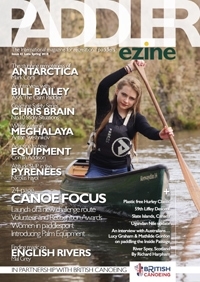We all love being out on the water, even as the weather gets colder. The morning mist, afternoon downpours, and everything in between makes our sport magical at times. While paddling all you would expect to see is some wildlife, calm water, and cheery people sharing the water with you. However, on occasion you may be stopped in your tracks by something unexpected in the water. It is always key to be prepared for whatever you paddle may throw at you. Before you head out onto the water, have a check on PaddlePoints to see if there has been any issues or hazards reported by other paddlers. So here are a few tips of what to do if you find something unexpected during your paddle.
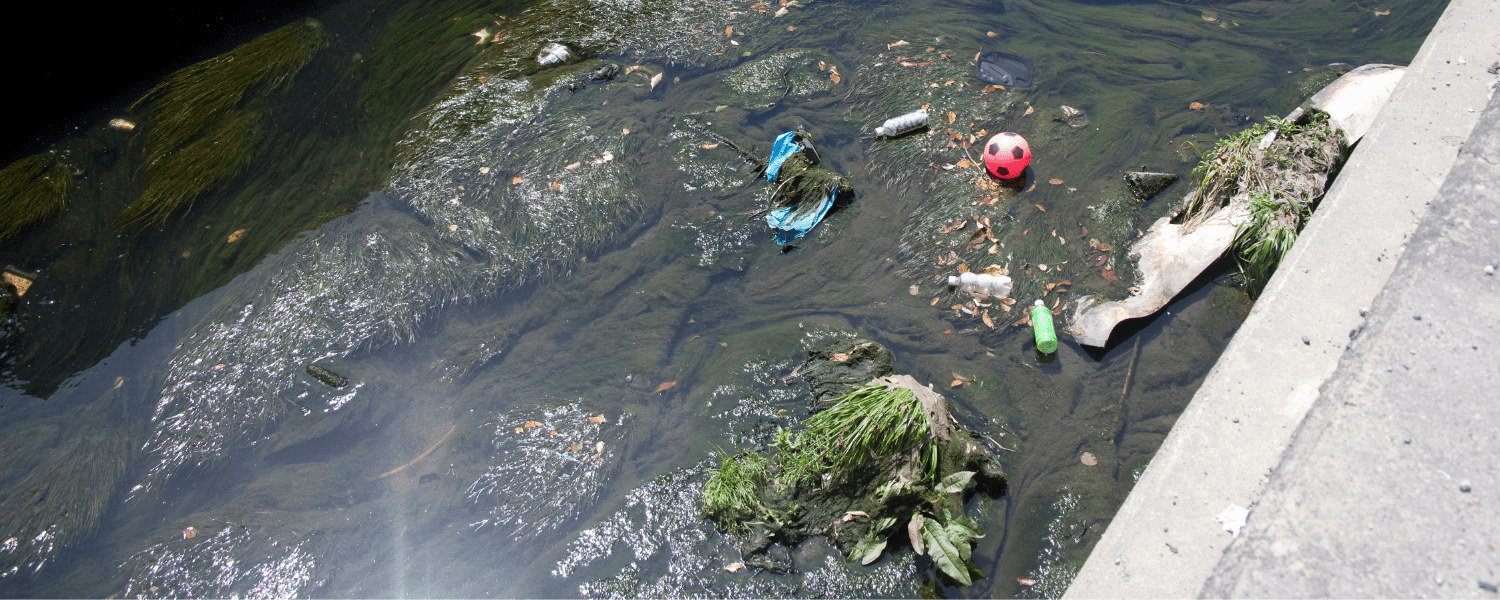
Litter/pollution
Nobody wants to see any kind of litter or pollution during their paddle. We all hope for pristine waters that are photogenic. However, the unfortunate reality is that you may encounter some rubbish, pollution, or worse on your paddle. So what can you do about it?
- During your paddle – If it is small, safe, and easily accessible you might want to consider picking it up and discarding it correctly. If you are on moving water, the items are too big, or they are unsafe to touch, then leave them where they are but take note of the location.
- After your paddle – Report any litter or pollution to the Environment Agency or the Canal and River Trust. Let them know the location and what it is. They have dedicated teams that will look to sort out anything polluting the waterways. You could also look to organise a paddle clean up with a local club. You can also report anything on PaddlePoints so other paddlers know about it. Paddle UK also has a reporting form to let them know about any pollution.
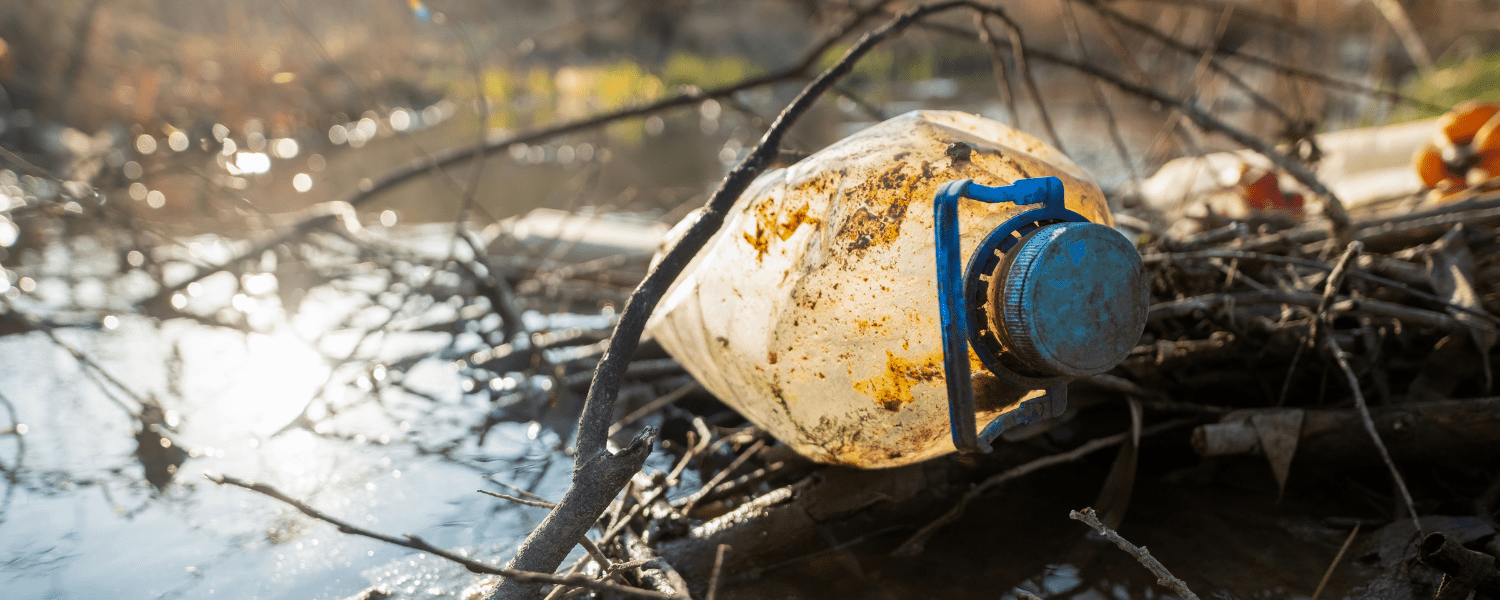
Trees
After a storm, heavy rains, and strong winds you may come across a tree that has fallen over and landed in the water. The tree may be half on the bank, half in the water, or it may have floated down until it became stuck in place. Either way there is possible danger, especially on moving water. So what should you do?
- During your paddle – You should bear in mind that there may be branches submerged that you can get stuck on. Only if you are 100% sure there is space to paddle around should you do so. If there is any doubt you should get off the water and walk around the fallen tree.
- After your paddle – You can report any fallen tree that are blocking waterways to Canal and River Trust or your local council. They have the facilities to safely remove trees and vegetation that are blocking access. You can also report anything on PaddlePoints so other paddlers know about it. Paddle UK also has a reporting form to let them know about any hazards.
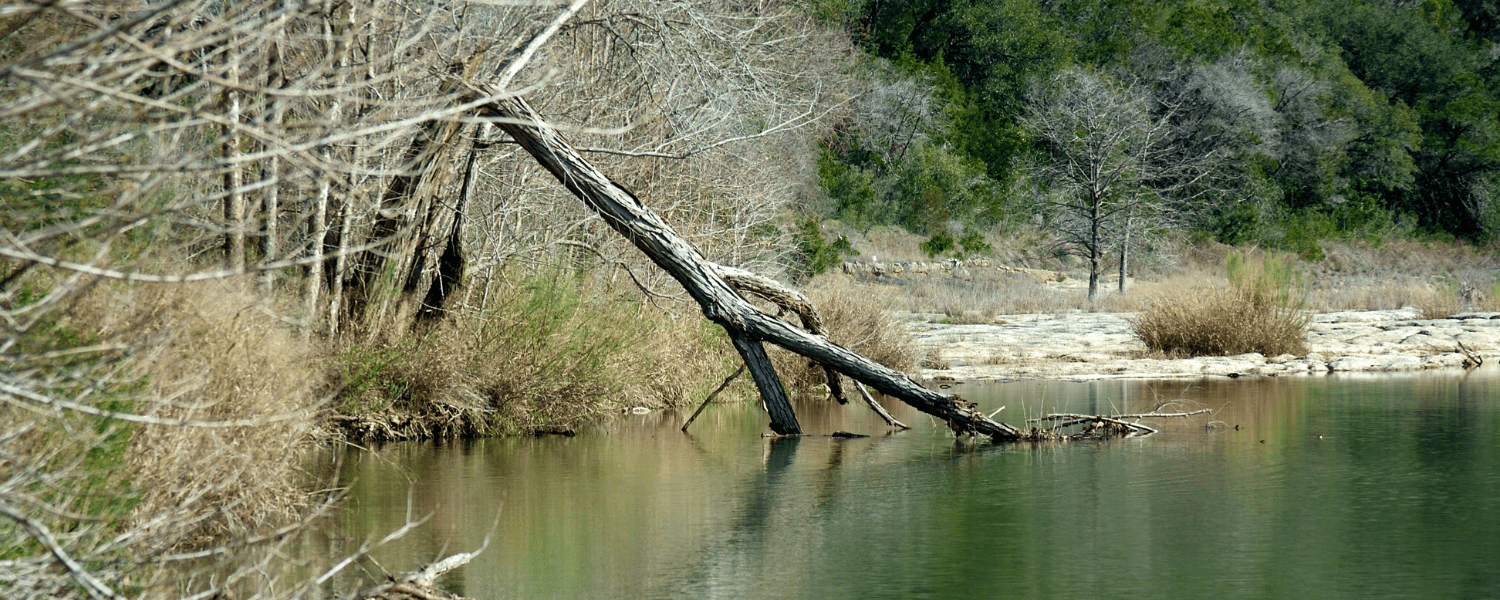
Wires
The reason why wires could be found in the water or across it are very varied. Regardless of how they got there, they are very often difficult to see, and you never know what they are connected to. So being extra careful is a must!
- During your paddle – You should always be keeping an eye on your surroundings as water and nature are unpredictable. Should you spot a wire in or above the water (at a height that could affect a paddler), proceed with care. As with the trees, if it is safe to, and there is plenty of space to do so, then paddle around the wire safely. If it is not safe, and there is not space, get off the water and walk around the hazzard. Do not attempt to remove the wires yourself as this could lead to more danger for yourself.
- After your paddle – Make sure you report them to Canal and River Trust, Environment Agency, Paddle UK, and PaddlePoints. You don’t have to report it to all four, but try to alert the appropriate people to remove the wire, and other paddlers. You may also look to share the location of the wire on social media to help make others aware of the hazard.
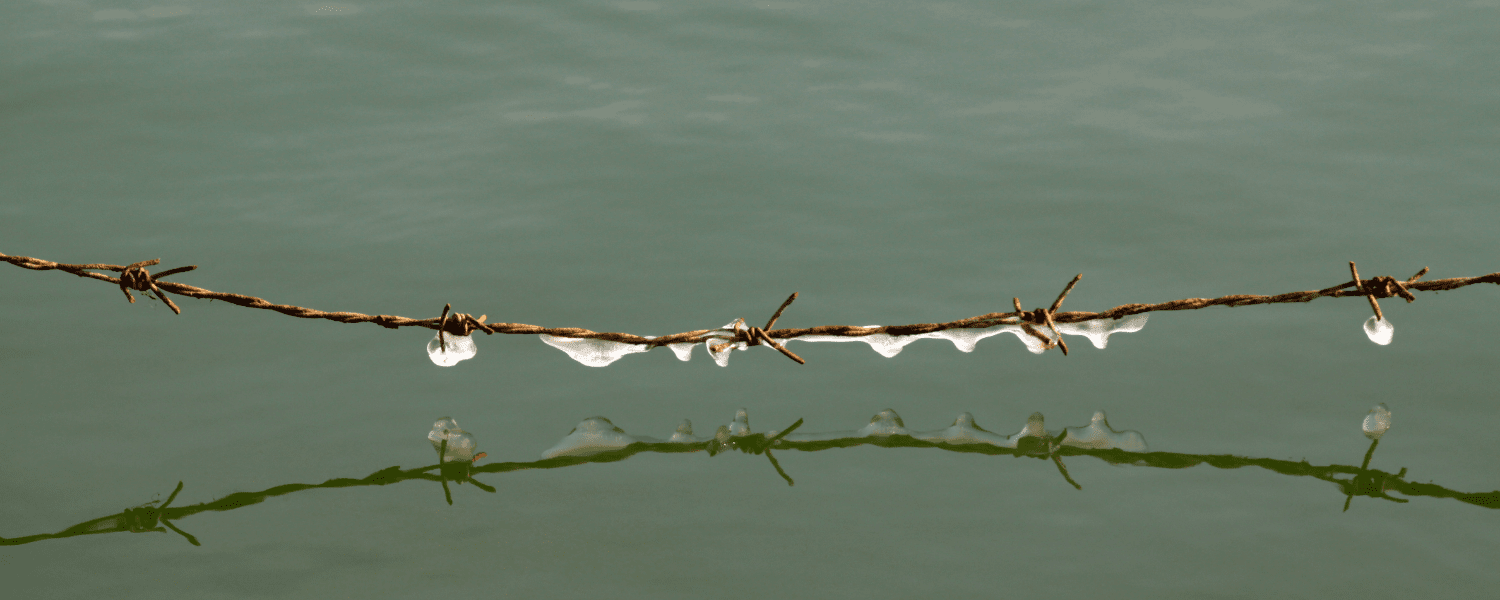
Animals
Half the beauty of paddling is that it takes you into some rural areas that you may never normally see. Paddling past woodland, farms, and open meadows give you a fantastic chance to spot some wildlife. However, at times you may find these animals a little closer to you than initially expected. Clumsiness is a trait shared by all animals, so it isn’t too unusual to find a land dwelling animal enjoying the river with you.
- During your paddle – If you spot a live animal in the water you will probably want to to help it. If the area is safe, and you have the capabilities, then give the animal a hand in getting out the water. If you are not 100% it is still alive then steer well clear of the animal. You cannot be sure if there are any bacteria or other pollutants surrounding the animal. So steer clear to avoid risk of becoming ill.
- After you paddle – Regardless of the state you found the animal in, it is best practise to contact the RSPCA who can often get in touch with local farms to whom the animal may belong. If you can see where the animal fell into the water, and there is an issue with the bank then contact the Canal and River Trust, Environment Agency, or Paddle UK.
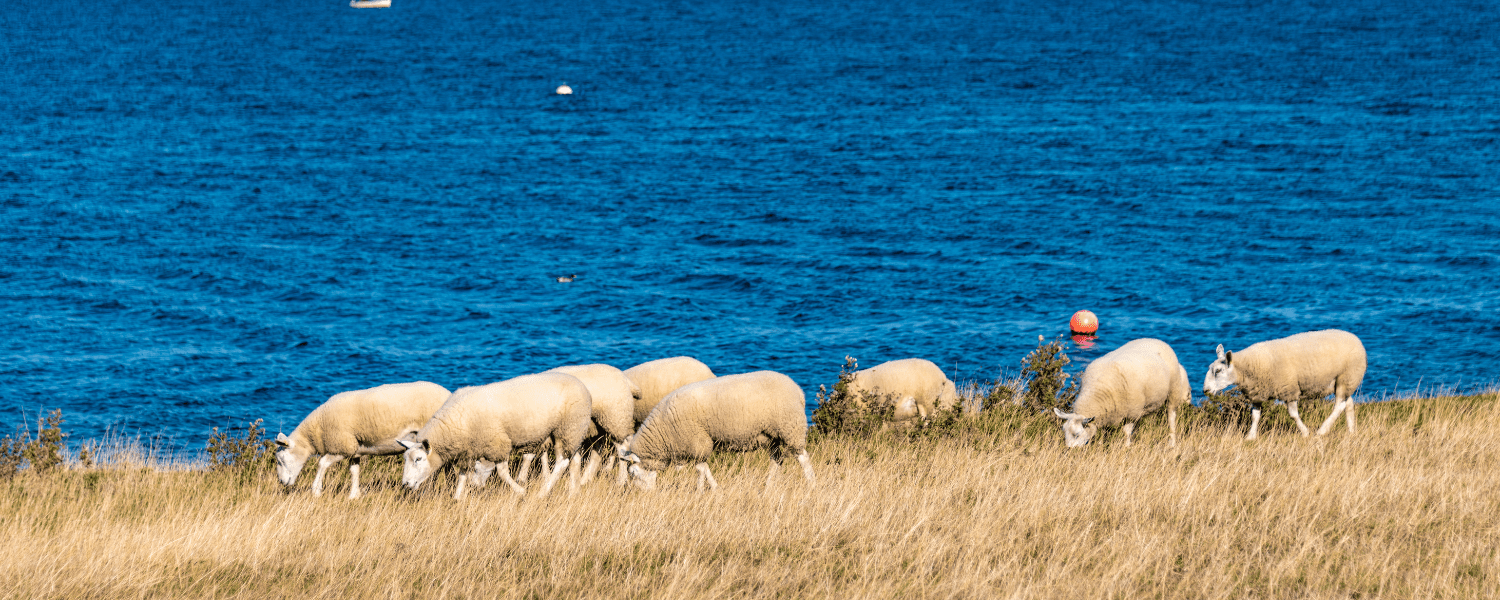
The list of things you may encounter in the water with you does not end here. If you spot anything you think shouldn’t be there then make sure you report it to Canal and River Trust, Environment Agency, Paddle UK, or on PaddlePoints. This will help to get the issue rectified and alert other paddlers of the hazards. Ensuring you are always wearing the appropriate safety kit will help you in any situation, as will following all our safety advice. Only ever try to tackle the hazards if you are completely safe and have the correct kit to do so. If you are in any doubt, walk around the obstacle and report it as soon as possible.


 Go Paddling
Go Paddling Clear Access Clear Waters
Clear Access Clear Waters Paddles Up Training
Paddles Up Training Clubhouse
Clubhouse Services Login
Services Login
